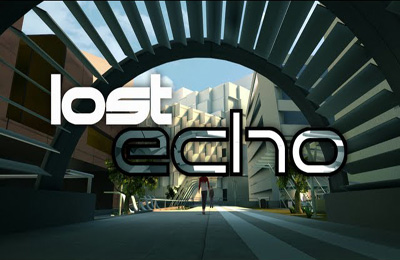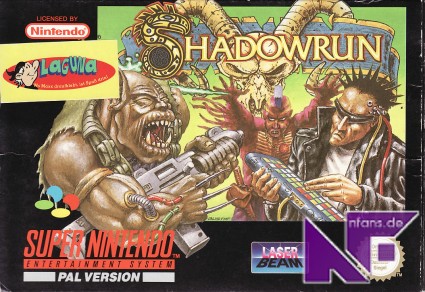Mikey
Mario Kart 8 - Nintendo has the best exclusives of any console
hands down. Mario Kart 8 is an amazing update to this classic
franchise. The courses are a throwback to the classic tracks I used to
race in college. I haven't played online much, but this was a feature
that was sorely needed and done well. Nintendo knows fun better than
anyone else and this is the most fun I've had on the Wii U.
Skylanders
Trap Team - I will admit to being underwhelmed with the upgrades to
this game since it originally dropped. Giants was fun, Swap Force was
kind of neat, but the ability to trap and use villains opens up another
level of gameplay that refreshed this series. All of the games have
been good, but none have felt as magical as this one. From the video of
the character getting beamed into the trap to the noises that are
emitted from the speaker in the portal, this game makes me feel like a
kid.
MLB The Show - I have been pleased with
my PS4 and feel it has provided a decent graphics upgrade from the PS3.
I thought it was only decent until I popped this title in. On multiple
occasions I have had people watch me play for over five minutes before
realizing that it is a video game. MLB The Show is pure eye candy and
it remains as the premier baseball video game on any system.
Brad
2. Forza Horizon 2 - Easily the most fun I've had playing a racing game, and the simulation is still top notch despite the move to an open-world style.
3. Valiant Hearts: The Great War - Gameplay was serviceable and story was phenomenal. Actually made me cry once. Seriously.
Honorable Mention: Contrast - Although a bit too short, it's completely unique gameplay and intimations about multiple universes made the whole thing like watching one of those movies that, once finished, you realize you are going to have to see it again in order to understand what just happened.
The G
For fun's sake, or just to be different, I'm ranking my top 3 games according to Olympic medal-granting conventions.
Nothing on consoles really knocked it out of the park for
me, so I guess Destiny wins bronze by default. The game looks gorgeous and
plays like Halo updated for the new generation, and that’s a good thing. Plus I
appreciate that Bungie are trying to do something different with how they’ve
structured the game and narrative. Unfortunately, the gameplay is too
repetitive and the narrative feels half-baked, so in the end I didn’t like it as much as Brad did.
Gold - Out There
(iOS/Android)
It feels strange to pick a touch/tablet game, rather than
console or PC, as my Game of the Year—but Out There was far and away the best
thing I played in 2014. It’s a roguelike with roots in 4x titles like Master of
Orion. It has an elegant design, a compelling story, boatloads of atmosphere,
addictive gameplay and—notably—does not rely on violence to move the narrative
forward.
Silver - Shadowrun
Returns (PC/Mac/iOS/Android)
Disclaimer: this game is from 2013 not 2014, but if we look
past the superlative Out There, this was the next best game I played in 2014. A
kickstarter-funded reboot of the video game franchise/return to the
cyberpunk+fantasy universe originally popularized in tabletop gaming, Shadowrun
Returns neatly captures all the fun and retro style of 1990s RPGs.
Bronze – Destiny (Xbox One/PS4)
brian
Wolfenstein: The New Order - I am a big fan of the Wolfenstein series, but I didn't have high expectations for The New Order. I mean, certainly I have a lot of fond memories of Wolfenstein 3D, but Return to Castle Wolfenstein and Wolfenstein were good games, but not great games. Wolfenstein: The New Order is a great game. It's probably one of the best first-person shooters of all time. The story, the pacing, the gameplay, the graphics, the sounds, and the whole package is top-notch. It flew under a lot of people's radars, but it should be played by every first-person shooter fan.
Alien: Isolation - In another big victory for first-person games in 2014, Alien: Isolation does this movie series justice. You can read my review here, but the long and the short of it is that it's a well-made game that accurately emulates the atmosphere of the first Alien movie.
Transistor - Supergiant Games really nailed it with Bastion, and they did it again with Transistor. It has a unique setting, interesting story and characters, and a deep gameplay loop. It's not as straightforward as Bastion, but it's amazing nonetheless.
***
POSTED BY: brian, sci-fi/fantasy/video game dork and contributor since 2014
***
POSTED BY: brian, sci-fi/fantasy/video game dork and contributor since 2014














